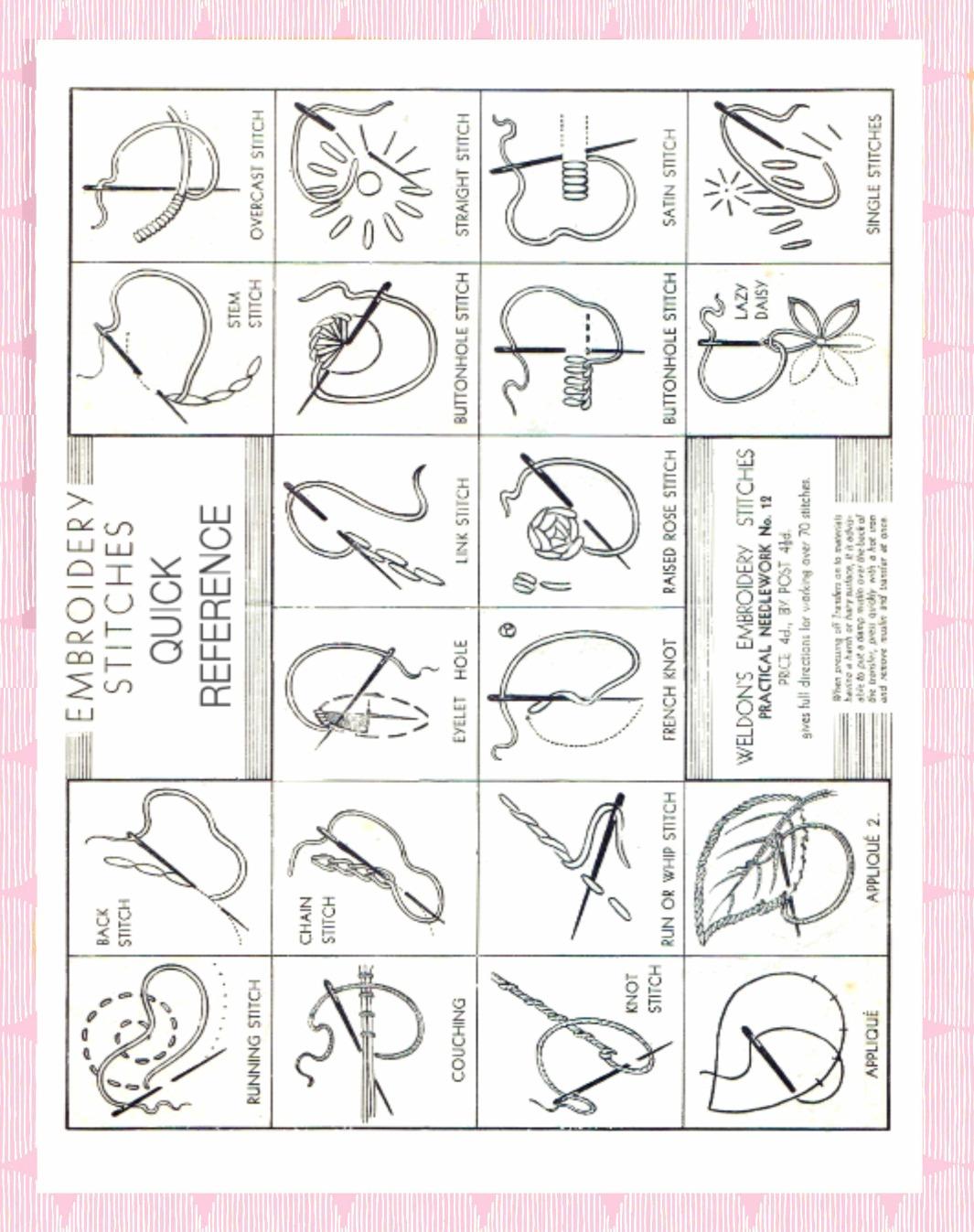

A Bustle & Sew Publication
Copyright © Bustle & Sew Limited 2023
The right of Helen Grimes to be identified as the author of this work has been asserted in accordance with the Copyright, Designs and Patents Act 1988.
All rights reserved. No part of this publication may be reproduced, stored in a retrieval system or transmitted in any form, or by any means, without the prior written permission of the author, nor be otherwise circulated in any form of binding or cover other than that in which it is published and without a similar condition being imposed on the subsequent purchaser.
Every effort has been made to ensure that all the information in this book is accurate. However, due to differing conditions, tools and individual skills, the publisher cannot be responsible for any injuries, losses and other damages that may result from the use of the information in this book.
First published 2023 by: Bustle & Sew Station House West Cranmore Shepton Mallet BA4 4QP www.bustleandsew.com
Welcometothe AprilMagazine
Hello everyone!
Spring has now most definitely sprung(!) and though the weather here on Somerset’s Mendip Hills is still grey and wet, there are daffodils everywhere, like splashes of golden sunshine scattered across the grass. Everything seems to be holding its breath waiting for a few days of warm sunshine when I think there will be an explosion of fresh green leaves with blossom scattered like confetti along the hedgerows. Until then, there’s plenty of spring sunshine to be found between the pages of this month’s issue.
As well as the bowl of tulips, the third in my series of Spring Blooms, we have gorgeous geese with crowns of blossom, the cutest little spring hare and some pretty Easter printables to decorate your homes. There are delicious recipes - the Key Lime Pie is a favourite in our family and very quick and easy to make too, a little look at that herald of spring, the cuckoo and much more besides.

I hope you enjoy this issue and the May Magazine will be published on Thursday 27 April. Until then I hope you have a lovely month, with lots of time for stitching! (and plenty of chocolate too!)
Very best wishes

Betweenthismonth’scovers…


AprilPrimroses
A hedgerow bank bright with spring flowers, primroses among them, must be one of the most evocativesightsofspring.
Primroses themselves are small perennial woodland plantsthatgrownomorethan4”highandcanflower from December through to May. The pale yellow flowers of the native English primrose (below) provideavaluablesourceofnectarforearlybutterflies.
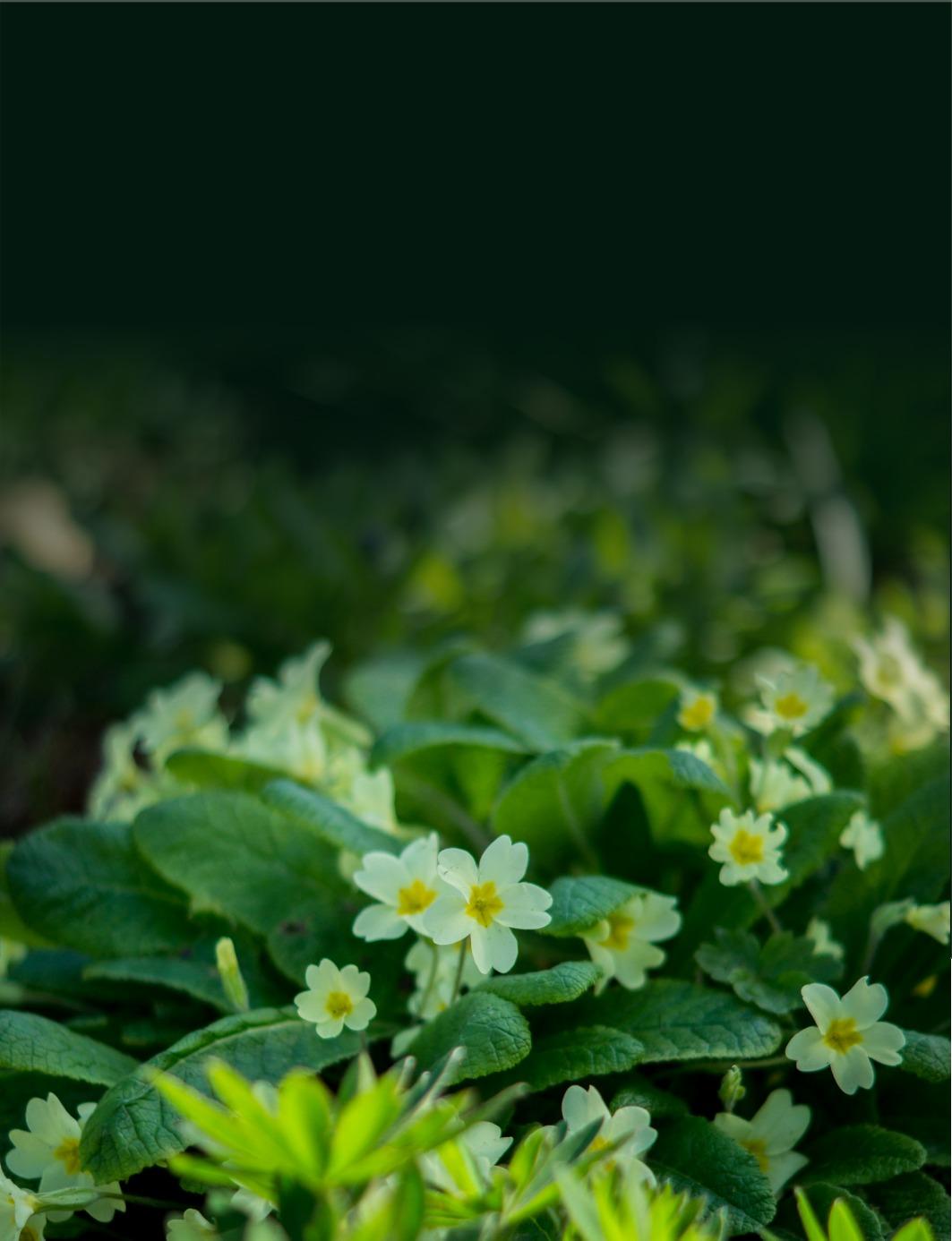
InpartsofEnglanditisconsideredunluckytobring fewer than thirteen primrose into a house when picking the first posy of spring; the old wives’ tale goesthatifyoupickasmallernumber,thiswillbethe number of eggs that each hen of the household will hatchduringtheentireyear. Ifyoutookoneflower indoors,thenonlyonechickwouldhatchoutofthe entire brood. Elsewhere in the country the same superstitionappliestogeese.
It was commonly believed that to bring a single primroseintothehousewasunluckyasthisheraldsa deathinthefamily;buthangingabunchofprimroses
in the cowshed will protect it from the mischiefmakingofwitches. Childrenwhoeattheflowerswere believedtobegiventhepowertoseefairies. Primroses are also said to be lucky for love and marriages. Primrosetea,whichisprescribedhomoeopathically today,isgoodforrheumatism,arthritisandmigraine, as well as a general blood-cleanser and a nonaddictivecureforinsomnia.
Theprimrosewasthefavouriteflowerof Benjamin Disraeli,LordBeaconsfield,PrimeMinisterin1868 and 1874-80 who died on 19 April 1881. The PrimroseLeaguewasformedin1883toperpetuatehis politicalidealsanditssupporterswearprimroses,or primrosebadgesontheanniversaryofhisdeath. His statue is also decked with primrose wreaths on this day,butnow,ironically,primrosesarescarcearound Beaconsfield due to over-enthusiastic picking. In thefirsthalfofthetwentiethcentury, peoplewould makespecialtripstothewoodsjustbeforethedayto gatherprimrosesforsaletothegeneralpublic.


EasterCelebrations

Two festive foods, pancakes on Shrove Tuesday and hot cross buns on Good Friday, have survived until today. The evolution of the hot cross bun is uncertain as there apparently used to be several types of cake that were special to Good Friday. The earliest specific reference to a “hot cross bun” occurs in 1733…

“
Further confusion arises as the marking of food with a cross wasn’t restricted to Good Friday buns. Right up until the early years of the last century it was normal practice when baking bread to mark the dough with a cross before putting it in the oven, and this practice is well documented from the mid-thirteenth century.
Many festive foods such as mince pies at Christmas attract superstitions which advise that good luck will come to those who follow custom, but that bad luck will result from a failure to do so, and the hot cross bun is no exception to this rule. An account from a court case of 1753 states that….
Probably the food most associated with Easter is the egg - whether of the chocolate or chicken produced variety. The egg symbolizes new life, birth and regeneration, perfect for the Easter festival. On a more mundane level, eggs were an essential part of the staple diet of rich and poor alike, but were banned for the forty days of Lent. This enforced abstinence probably at least partly explains why eggs feature so widely at Easter as people would have been celebrating their return to the menu.



AnAprilAwakening
April is the sweetest of all the months according toourpoets,forwhatotherseasonhasbeensung inEnglishasAprilhas? SogreatlyhasAprilbeen loved,indeed,thatitisoneofthefewmonthsthat have been personified. Shakespeare, when he wrote of “proud-pied April, dressed all in his trim,”sawitasayouth,orperhapsaboy,fullof the pride of life, changeable with ever varying desiresandbrightwithconqueringbeauty. Other poetshavevisualisedAprilasamaiden,fullofthe femininetraitsofchangeablenessandcharm. Sir William Watson painted her portrait well for us whenhesang…
altogether virginal. Green and white of daisied turf, of burgeoning hedgerows and blossoming orchards;blueandwhiteofcloud-piledskiesand silverslantofsunshineshowers;theseareApril’s own colours. The deeper tints of tulips and forget-me-nots in the garden beds, of flowering currantintheshrubbery,andthedeepcrimsonof forest buds against the sky are rather the embroideryuponthehemofhergarmentthanthe patternofit.
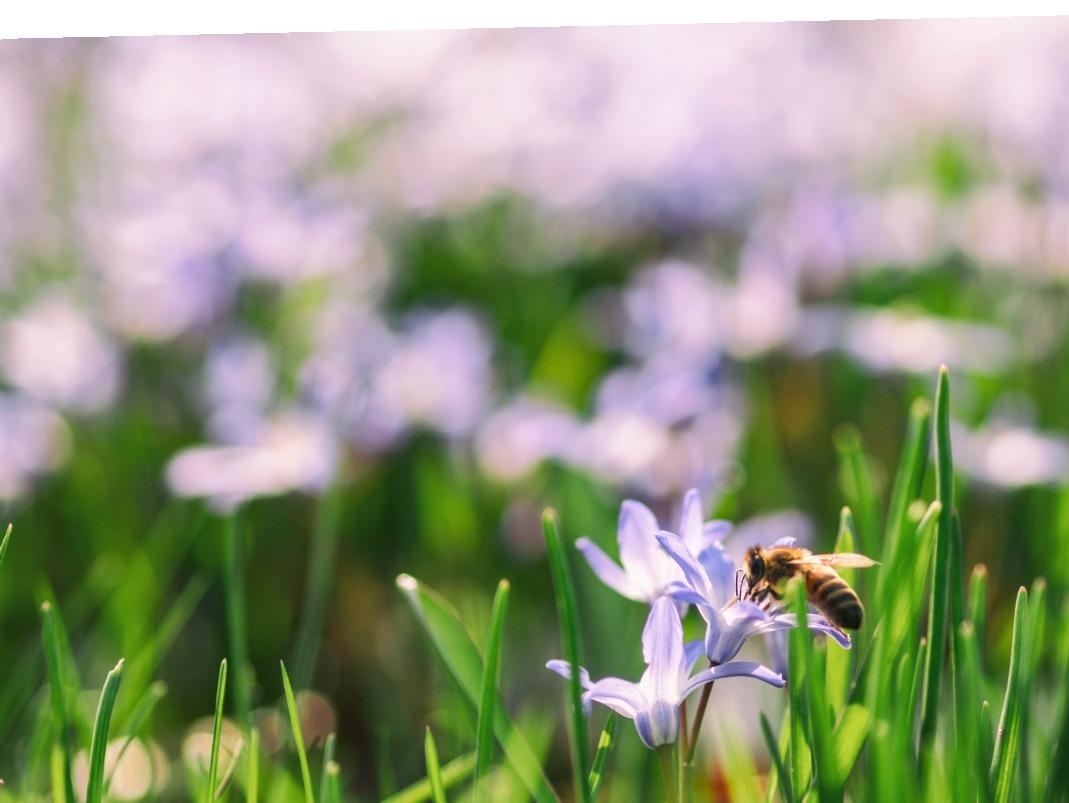
Itisthisfemininequalityofconstantchangewhich isApril’sgreatestcharm. Thereisnobluelikethe blue of skies smiling from recent showers; no sunshinequitesobrightasthatreflectedbythewet earth,andthesongsthebirdssingwiththeirwings stillwetsoundmorejoyousthananyothersongs. In freshness and delicacy of tint, too, April is
The chief wild flowers of the month are light in colour. Theprimroseisdelicatelypale,thedaisy faintly blushing, the blackthorn purely snowy. The violet alone glows with decided colour, and that is a scent rather than a colour-note, for it hidesitssweetnessinitswetleavesandmakesno show in the landscape. This general delicacy of tintholdsnomonotony. Thegreensofthefoliage ofthedifferent treesalonemakeendlessvariety. Amongst the opening leaves may be found every gradation of the tint, from the strong, standard greenofthehawthornhedgetothesilverywhite beamononehand,andthepurplishgreenofthe copper-beechontheother…
SpringSowing
Butforthissummer’squickdelight Sowmarigold,andsowthebright Frailpoppythatwithnoondaydies Butwakenstoafreshsurprise; Alongthepathwaystonesbeset SweetAlyssonandmignonette, Thatwhenthefullmidsummer’s come
Onscentedclumpsthebeesmay hum, GoldenItalians,andthewild Blackhumble-beealikebeguiled: Andloverswhohaveneverkissed MaysowthecloudyLove-in-Mist.
Norbethelittlespaceforgot Forherbstospicethekitchenpot: Mint,pennyroyal,bergamot,
Tarragonandmelilot, Dillforwitchcraft,prisoners’rue, Coriander,costmary, Tansy,thyme,SweetCicely, Saffron,balmandrosemary ThatsincetheVirginthrewher cloak
Acrossit-sosaycottagefolkHaschangeditsflowersfromwhite toblue.
Buthaveacarethatseedsbestrewn Onenightbeneathawaxingmoon, Andpickwhenthemoonisonthe wane, Elseshallyourtoilbeallinvain.
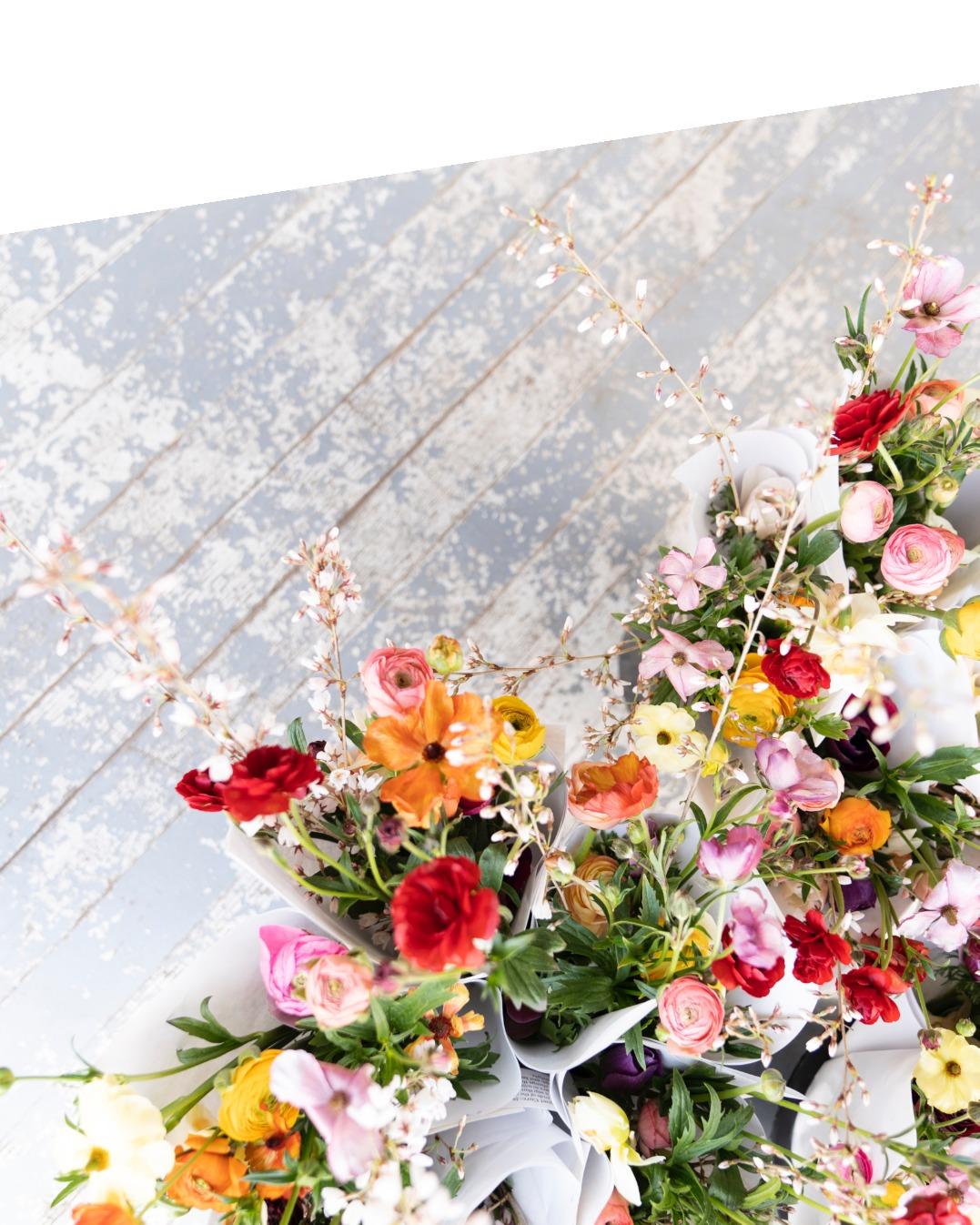
Springinto Easter….

TastesoftheSeason:Wild Garlic

Thisisthetimeofyeartoputonyourbootsandventureoutintothewoodsandalongthe hedgerowstoforageforwildgarlic. Thesearealsoknownasransomsandgrowindampareasof deciduouswoodlandwheretheycanformhugesheetsofvibrantgreenstrap-likeleavestopped withsmallwhitestar-likeflowers.
It’seasytofindwildgarlic-allyouneedtodoisfollowyournoseastheairwillbefilledwithits pungentscent. Thewildgarlic-unlikeitsdomesticatedcousin-hasnoediblebulb-youshould justpicktheleaves. Theyoungleaveshavequiteafierceflavourandaregoodrawinsalads, whilstthelargeronescanbecookedbrieflyinalittleoilorbutter,orusedtomakesoupsorpesto. Youwillneedtopickalargequantityastheycookdowntoalmostnothing-ratherlikespinach.
SomeSweetTreats forEaster

Ingredients
● 300g oatmeal biscuits
● 150g butter, melted
● 1 x 397g can condensed milk (we used Nestlé)
● 3 medium egg yolks
● finely grated zest and juice of 4 limes
● 300ml double cream
● 1 tbsp icing sugar
● extra lime zest, to decorate
KeyLimePie
Method
● Heat the oven to 160C
● Whizz 300g oatmeal biscuits to crumbs in a food processor (or put in a strong plastic bag and bash with a rolling pin).
● Mix with 150g melted butter and press into the base and up the sides of a 22cm loose-based tart tin. Bake in the oven for 10 minutes. Remove and cool.
● Put 3 medium egg yolks in a large bowl and whisk well. Add a can of condensed milk and whisk for 3 minutes, then add the finely grated zest and juice of 4 limes and whisk again for 3 minutes.
● Pour the filling into the cooled base then put back in the oven for 15 minutes. Cool then chill for at least 3 hours or overnight if you like. When you are ready to serve, carefully remove the pie from the tin and put on a serving plate.
● To decorate, softly whip together 300ml double cream and 1 tbsp icing sugar. Dollop or pipe the cream onto the top of the pie and finish with extra lime zest.



The Herald ofSpring….
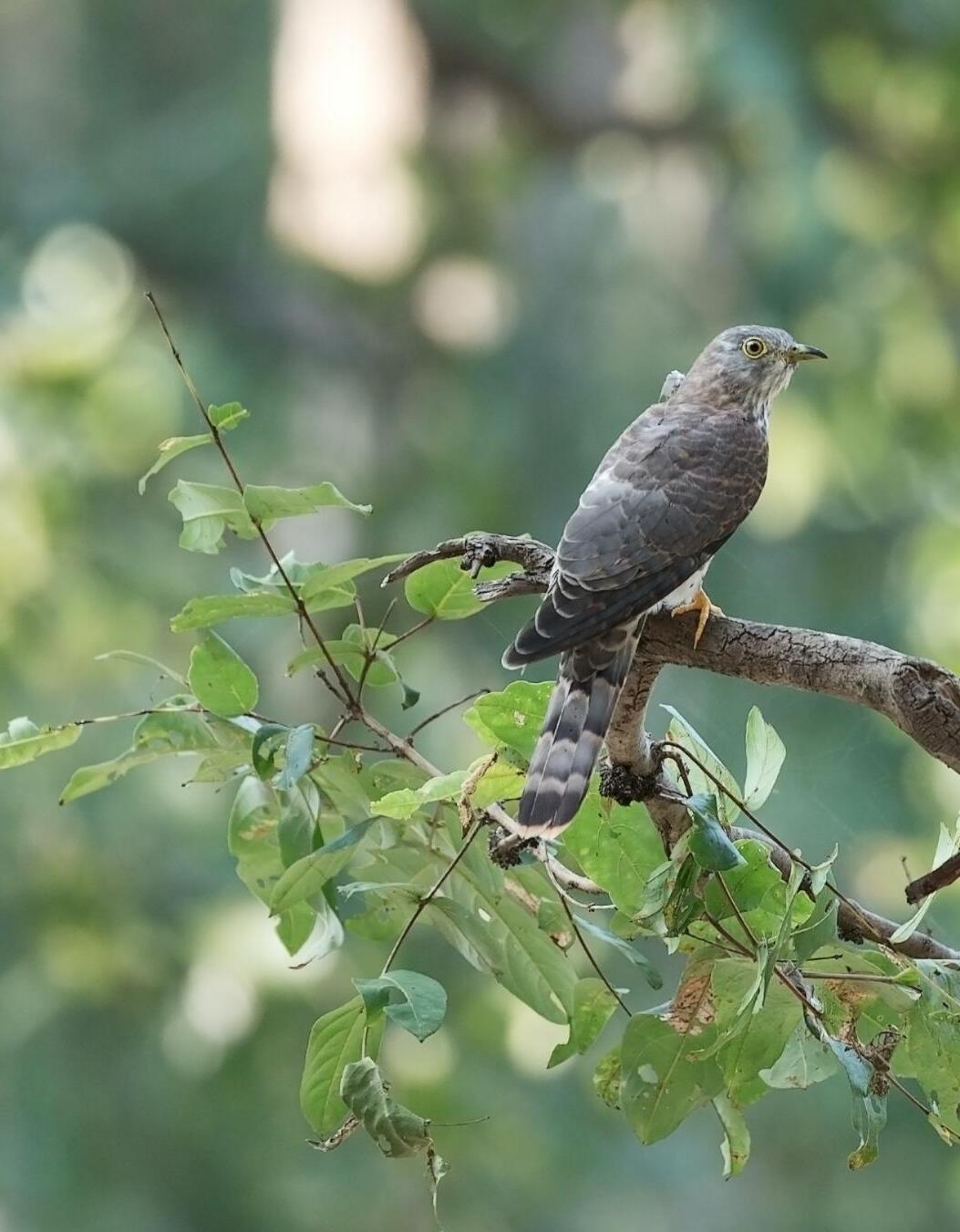
TheMoleleaveshisSpringCleaning
From “The Wind in the Willows,” Kenneth Grahame 1908
Hethoughthishappinesswascompletewhen,ashe meanderedaimlesslyalong,suddenlyhestoodbythe edgeofafull-fedriver. Neverinhislifehadheseen a river before - this sleek, sinuous, full-bodied animal,chasingandchuckling,grippingthingswith agurgleandleavingthemwithalaugh,toflingitself on fresh playmates that shook themselves free, and were caught and held again. All was a-shake and a-shiver-glintsand gleamsandsparkles,rustleand swirl,chatterandbubble. TheMolewasbewitched, entranced, fascinated. By the side of the river he trottedasonetrots,whenverysmallbythesideofa man who holds one spellbound by exciting stories; andwhentiredatlast,hesatonthebank,whilethe riverstillchatteredontohim,ababblingprocession ofthebeststoriesintheworld,sentfromtheheart oftheearthtobetoldatlasttotheinsatiablesea.
Ashesatonthegrassandlookedacrosstheriver,a darkholeinthebankopposite,justabovethewater’s

edge, caught his eye, and dreamily he fell to considering what a nice, snug dwelling-place it wouldmakeforananimalwithfewwantsandfond ofabijouriversideresidence,abovefloodleveland remotefromnoiseanddust. Ashegazed,something brightandsmallseemedtotwinkledownintheheart ofit,vanished,thentwinkledoncemorelikeatiny star. Butitcouldhardlybeastarinsuchanunlikely situation; and it was too small and glittering for a glowworm. Then,ashelooked,itwinkedathim, andsodeclareditselftobeaneye;andasmallface began gradually to grow up round it, like a frame aroundapicture.
Abrownlittleface,withwhiskers. Agraveroundface,withthesametwinkleinitseye thathadfirstattractedhisnotice. Smallneatearsandthicksilkyhair. ItwastheWaterRat!


TheSecretsofPerfectPressing
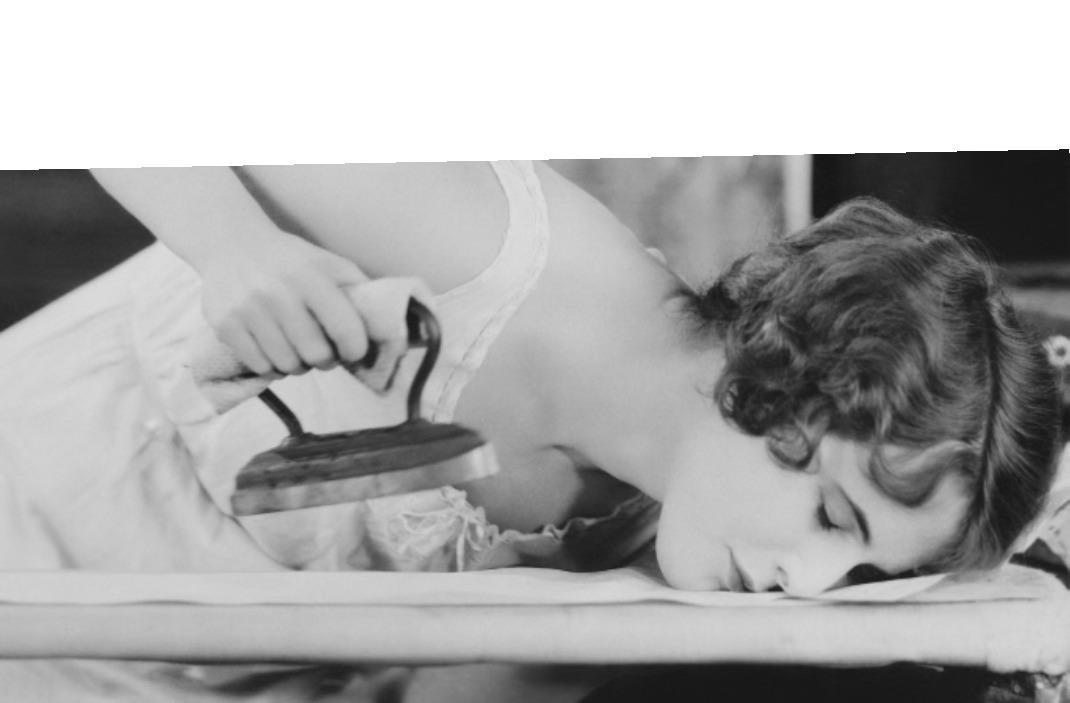
Like the vast majority of pattern designers - whether that's embroidery, quilting, applique or sewing patterns - I do recommend that you press your work at different stages of the process. This is a really good habit to acquire as it allows you to set your stitches while your project is still a work in progress and make any small adjustments necessary to allow it to come together perfectly. No puckering, twisting, wonky corners orevensurplusfabric caught inyour stitching. If you wait until your work is finished before you press it, then you may not spot any problemsand it may be too late by then to make corrections.
Proper pressing is critical to achieving beautifully finished sewing projects. You will probably spend almost as much time pressing as sewing! And remember to press your fabric well before you even begin to stitch. That's really important as if you stitch over any small puckers and creases there's no way you'll be able to get them out when your work is finished and they are likely to ruin the look of your project. I can guarantee that although others may not notice them - you will - every time you look
at your finished work (I speak with the voice of experience!)
It'sveryimportanttounderstandthe difference between ironing and pressing. Ironing involves pushing your iron backwards and forwards over the fabric using heat and sometimes steam to remove creases from freshly laundered items. On the other hand, pressing means exactly what it says - gently lifting and lowering your iron straight up and down over the area of work concerned. Youshouldpressdown for only a few seconds at a time. If you iron your project during construction, you risk distorting the fabric or catching your iron on any loose threads so pulling or puckering your stitching. But if you useanupanddownpressingaction without any sideways motion you will be well on the way to producing a beautifully finished piece of work. Remember - ironing is moving your iron backwards and forwards whilst pressing is lifting it up and down.
You should always test your iron setting and the effect of steam on a scrapoffabricfirst. Beginwithalow setting and increase the temperature as appropriate. If the iron isn't hot enough it simply won't workproperlyonthefabric,butifit's
too hot your work will scorch or pucker. Steam can have the same adverse effects. Allow a few moments for your iron to stabilise at the correct temperature before starting to press.
Your ironing board should be nice and sturdy with a flat firm surface to help when fusing interfacing or Bondaweb. You should press on the wrong side of your project whereverpossibletoavoidflattening or otherwise damaging your work.
When pressing embroidery, place a folded towel onto your board before placing your work face down and pressing from the back. This will help prevent your stitches being flattened by the pressure of your iron. If you have to press on the right side then use a cloth or iron guard to protect your work. Do not press over pins or tacking stitches asthesewillleaveindentationsinthe fabric.
Always allow pressed areas to cool before you move them. If the fabric has to be moved, then lift and support it with both hands - don't drag it as it will be more easily distorted when the fibres are warm.
SparkleandShinethis Spring!
Asthedaysgrowlongertheincreasingsunshinerevealsanydust,cobwebsandgeneral grubbinesshiddenduringthewintermonths. It’snowonderthatSpringisthe traditionaltimeforgivingyourhomeasuper-deepclean. Simplyopeningyour windowswillletfreshairin,givingroomsaninstantlift.
Whilsttherearemanygoodcommercialcleanersavailable,ifyou’reenvironmentallyconscious,thenit’sperfectlypossibletotacklemosthouseholdtaskswithnatural productssuchaslemonjuice,vinegarandbicarbonateofsoda. A50:50mixofwater andwhitevinegarinaspraybottleisagoodall-roundcleaner,whilstamoredilute solutionworkswellonwindowsinsideandout. Wipeyourwindowswithadusterand thenaballofscrunched-upnewspapertoremoveanysmears. Windowsarebest cleanedonacloudydayassunlightdriestheliquidtooquicklyleavingstreaksbehind.
Baths,sinksandgroutingcanbecleanedwithapasteofonepartlemonjuicetotwoof bicarbonateofsoda. Lemonjuiceissuper-usefulwhenyou’recleaningasyoucanalso useittocleanworktopsurfacesandaddashinetocopperandbrass.

